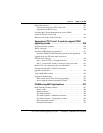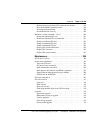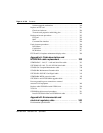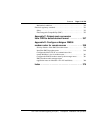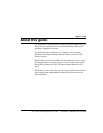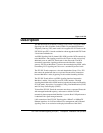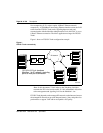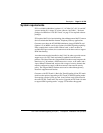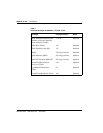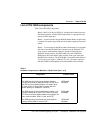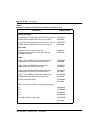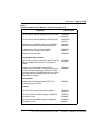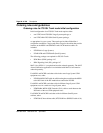
Page 19 of
378
ITG Trunk 2.0 ISDN Signaling Link (ISL) Description, Installation and Operation
70
Description
The Meridian Internet Telephony Gateway (ITG) Trunk 2.0 supports ISDN
Signaling Link (ISL) IP trunks on the NT0961 24-port Meridian Internet
Telephony Gateway (ITG) trunk card. It also supports ISL IP Trunks on the
NTCW80 8-port ITG 1.0 trunk card that have been upgraded with ITG Trunk
2.0 software and hardware.
An ISDN Signaling Link D-channel (ISL DCH) provides DCH connectivity
to the Meridian 1 and signaling control for the 24 ports on the card and any
additional ports on other ITG Trunk cards in the same node. The DCH
connection expands the signaling path between the Meridian 1 and the
gateway. ITG allows Meridian 1 systems to be networked using ISDN, while
transmitting H.323 signaling and voice over a standard IP protocol stack.
The ITG ISL Trunk compresses voice and demodulates Group 3 Fax. ITG
then routes the packetized data over a private IP network for connections
between Meridian 1 nodes, bypassing circuit-switched trunking facilities.
The ITG ISL Trunk delivers an ISDN signaling interface between the
Meridian 1 and the Voice and Fax over IP (VoIP) interface. The high
signaling bandwidth of this ISDN interface expands the feature functionality
for VoIP trunks. It provides, for example, Calling Line Identification (CLID)
and Call Party Name Display (CPND).
To install the ITG ISL Trunk, the customer must have a corporate IP network
with managed bandwidth capacity, and routers available for WAN
connectivity between networked Meridian 1 systems. Best VoIP performance
is obtained with a QoS-managed network.
LAN connection of the ITG ISL Trunk requires 10BaseT or 100BaseTX
Ethernet interfaces for VoIP and 10BaseT for management and D-Channel
signaling. There is no restriction on the physical medium of the WAN.



